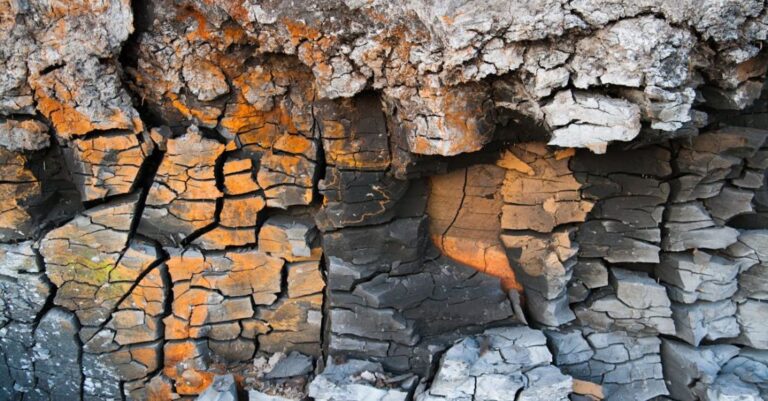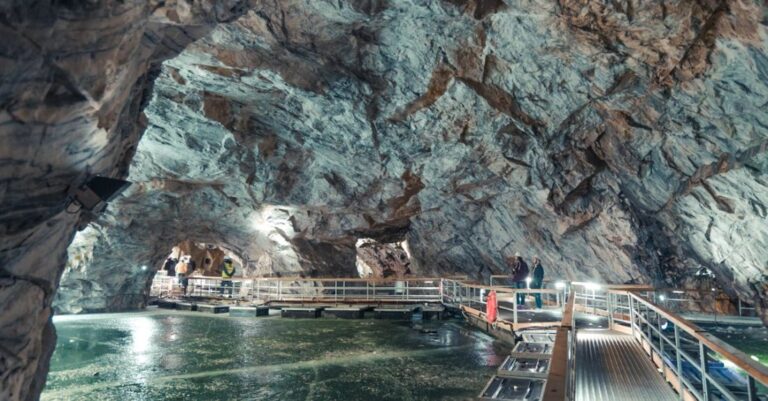
The Fascinating Role of Hotspots in Galapagos Volcanism
The Galapagos Islands, located in the Pacific Ocean, are renowned for their unique biodiversity and geological features. One of the key factors contributing to the dynamic landscape of the Galapagos is the presence of hotspots. These hotspots play a crucial role in the volcanic activity that has shaped the archipelago over millions of years. Understanding the significance of hotspots in Galapagos volcanism provides valuable insights into the geological processes that have shaped this extraordinary region.
The Formation of the Galapagos Islands
The Galapagos Islands are a group of volcanic islands that formed through the process of hotspot volcanism. Hotspots are areas of intense heat beneath the Earth’s crust that lead to the formation of volcanic activity. As the tectonic plates move, a hotspot remains stationary, creating a series of volcanic eruptions that result in the formation of an island chain. In the case of the Galapagos Islands, the hotspot responsible for their formation is located beneath the Nazca Plate.
The Role of Hotspots in Volcanic Activity
Hotspots play a fundamental role in the volcanic activity that has shaped the Galapagos Islands. As the Nazca Plate moves over the hotspot, magma from the mantle rises to the surface, leading to volcanic eruptions. These eruptions result in the formation of new land, adding to the size and diversity of the archipelago. The continuous volcanic activity fueled by the hotspot has created a dynamic environment that has influenced the evolution of the unique flora and fauna found in the Galapagos.
The Diversity of Volcanic Landforms
The presence of hotspots in the Galapagos has led to the formation of a diverse range of volcanic landforms. Shield volcanoes, such as Sierra Negra and Wolf, dominate the landscape, characterized by their broad, gently sloping profiles. These shield volcanoes are the result of multiple eruptions over time, building up layers of lava that form the distinctive shape of the islands. In addition to shield volcanoes, the Galapagos also feature cinder cones, lava tubes, and calderas, all of which are a testament to the volcanic activity driven by the hotspot beneath the surface.
The Impact on Biodiversity
The volcanic activity influenced by hotspots has had a significant impact on the biodiversity of the Galapagos Islands. The geological processes that have shaped the archipelago have created a variety of habitats that support a wide range of plant and animal species. The isolation of the islands, combined with the dynamic volcanic landscape, has led to the evolution of unique species found nowhere else on Earth. From giant tortoises to marine iguanas, the biodiversity of the Galapagos is intricately linked to the volcanic activity driven by hotspots.
The Future of Galapagos Volcanism
As hotspots continue to fuel volcanic activity in the Galapagos, the future of the islands remains intertwined with the geological processes that have shaped them. Monitoring volcanic activity is crucial for understanding and mitigating potential risks to the human population and the environment. Research efforts focused on studying the role of hotspots in Galapagos volcanism will provide valuable insights into the ongoing evolution of this extraordinary region.
In Conclusion
The presence of hotspots in the Galapagos Islands has played a pivotal role in shaping the volcanic landscape and biodiversity of this unique archipelago. From the formation of shield volcanoes to the impact on endemic species, hotspots have been instrumental in creating the dynamic environment that defines the Galapagos. By studying the role of hotspots in Galapagos volcanism, scientists can gain a deeper understanding of the geological processes at work and the implications for the future of this remarkable region.





